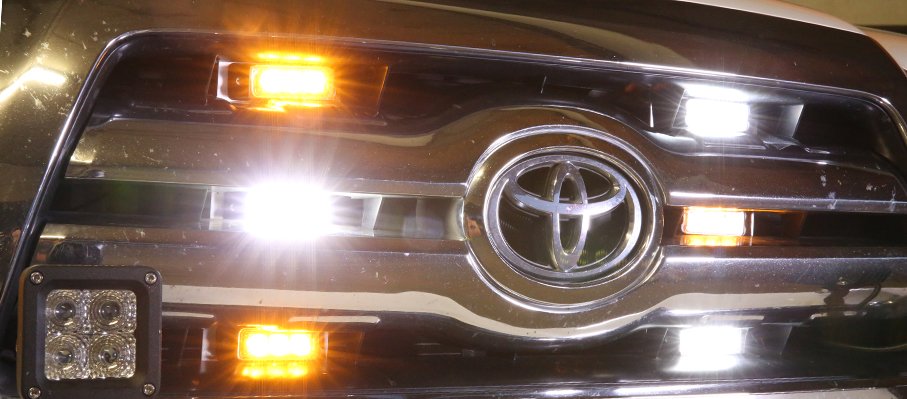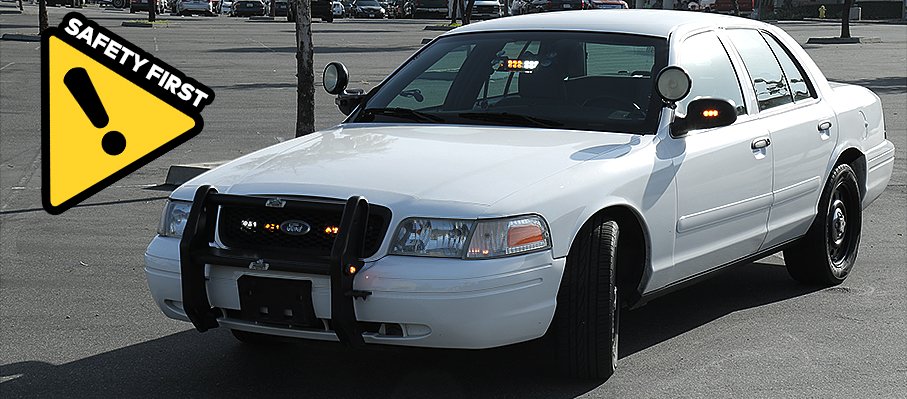During your training as a first responder, you learned everything you needed to know about caring for patients in crisis or capturing suspects at the scene of a crime. However, it may never have occurred to you that operating your emergency vehicle is just as important. Without a total grasp of these crucial skills, you may not collar a criminal or give your sick patient the necessary treatment quickly and safely. Keep reading to learn more tips for driving your emergency vehicle.
Understand the Mechanics of Your Vehicle
While you certainly do not need to be a certified mechanic to succeed as a first responder, it definitely helps to comprehend the anatomy of your vehicle. Before you go out each day, you should do a complete check of your ambulance or other vehicle to be sure it will not break down en-route to an emergency.
Important areas to keep in mind are oil and gasoline levels, the pressure in your tires and your brakes and steering system. Furthermore, you should use your ears. If you hear any suspicious-sounding rattles or clunks, notify your agency’s mechanics right away.
Audible Warning Cues
Before drivers see you coming at high velocity, you can alert them to the presence of an emergency via your sirens. Using a wail-yelp sound lets drivers know that a police officer needs the right of way; other noises such as whoops, warbles, air horns and piercers are put to use to get the attention of pedestrians or crowds. Whether you use the old-school mechanical or modern electronic siren and speaker configurations, they can be a powerful warning tool for the community.

The Importance of Illumination
When you drive at high speeds in order to apprehend a suspect, to reach the scene of a crime or to transport a patient, you have a very narrow margin of error. In addition to your siren, you can also put the vividly colored full-sized and mini light bars on your vehicle’sto good use. This will not only make your vehicle more visible, but help to make the road ahead of you clear.
Emergency vehicle lights can come in red, white, blue, amber and green and combinations of those colors according to your department’s specifications and the requirements of state and municipal law. Dash lights can also be mounted at eye level for your convenience. They are simple to install and even easier to see.
If you are an undercover officer, you can hide a visor light from view when conditions warrant yet quickly install it for immediate use. In addition, visor lights can easily be transferred from vehicle to vehicle. Finally, grille and surface mount lights can give you yet another way to maximize your safety and visibility.
Don’t Overestimate the Power of Lights and Sirens
If you think that audible and visual emergency warning cues will magically part the waters of pedestrians and drivers, enabling you to speedily get to the scene of an accident or crisis at top velocity, you are sadly mistaken. In fact, emergency vehicle sirens, while certainly helpful and definitely mandated by law, do little more than to give drivers and walkers an encouraging suggestion to move out of the way.
Here is a tip for driving your emergency vehicle: never assume that those around you will immediately respond to your lights and sirens by jumping or driving out of your path. If you do, the consequences could be disastrous.
Avoid Tailgating if Possible
No matter how poorly the person in front of you is driving or how much you want and need to race ahead, avoid tailgating the vehicle in front of you. If you do, the only lights that are visible are your headlight flashers and your grille lights. If you are driving during the day, even your grille lights can be pretty difficult to see.
Drive Defensively
Defensive driving means you should assume that those around you will make the worst possible decisions, at any moment. If you are one step ahead by acting as if the unpredictable might happen, you will be all the more likely to react in a timely fashion if it does, thus increasing your safety and that of your passengers.
Use Your Mirrors as Guides
If you are driving a type 3 vehicle, your mirrors can give you important information. Since your mirrors stick out past the box, you will know that you can make it through a narrow path if your mirrors do.
Turning Safely
Be careful when it comes time to take a turn. Doing so too quickly can be dangerous, particularly if you are driving one of those top-heavy type 2 vehicles. Whenever possible, make turns from the left lane even if you are turning right. You are more visible in the left lane. Also, make every effort to pass on the left, but keep in mind that you may need to pass on the right at times.
If you are a police officer or first responder who is answering an emergency call, there are times when you have no choice but to travel at maximum speed. It is also your job to make sure if you are transporting a patient that they arrive to the nearest hospital quickly and safely. Under these conditions, intelligent driving tactics and vehicle safety take on even more importance. Take the time to ensure that your vehicle is equipped



Post Comments
You must be logged in to post a comment.
click here to login